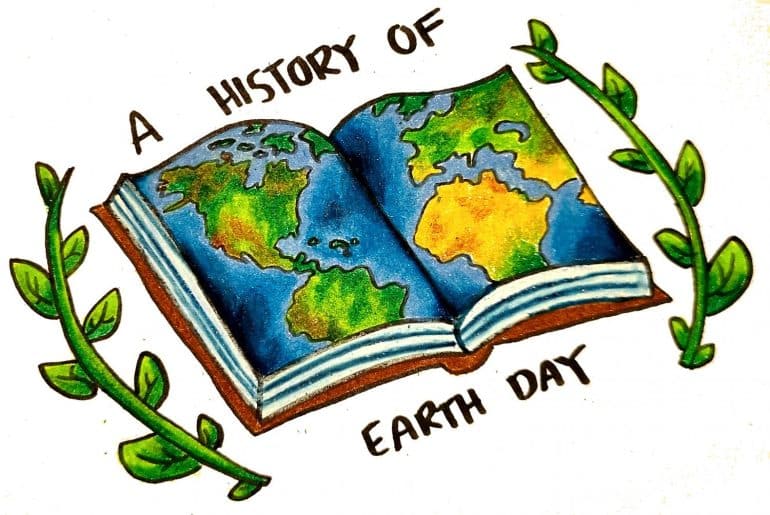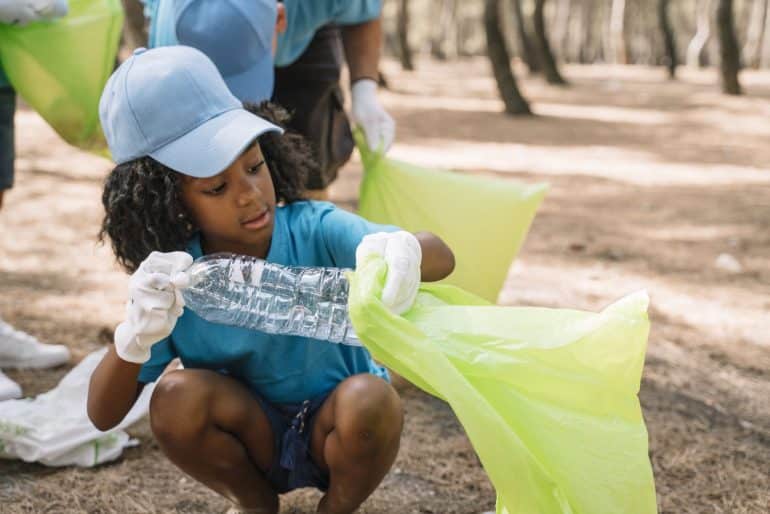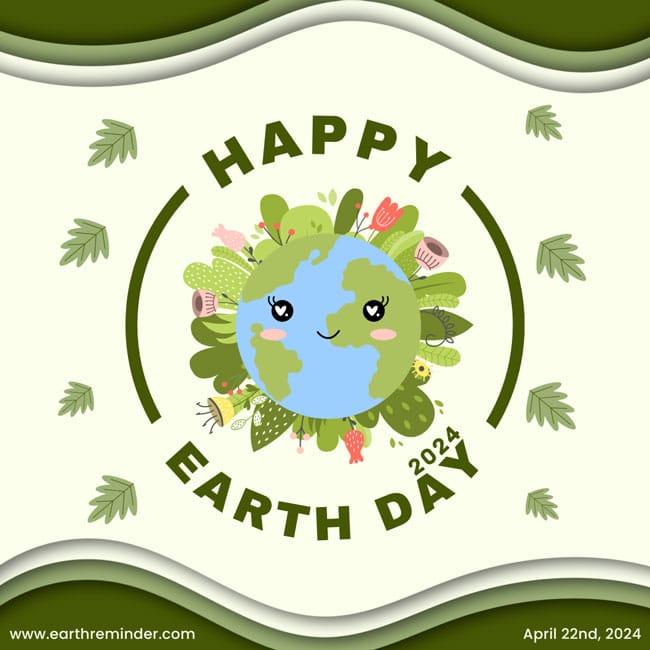Every year on April 22nd, people around the world come together to celebrate Earth Day, a day dedicated to raising awareness about environmental issues and promoting actions to protect our planet. Earth Day is more than just a single day; it serves as a reminder of the importance of environmental conservation and sustainable living throughout the year.
The history of Earth Day
The first Earth Day was celebrated on April 22, 1970, marking the birth of the modern environmental movement. It was founded by Senator Gaylord Nelson of Wisconsin, who was deeply concerned about the deteriorating environment in the United States. Nelson was inspired by the anti-war protests of the 1960s and envisioned a similar grassroots movement to raise awareness about environmental issues.
The first Earth Day was a huge success, bringing together millions of Americans from all walks of life to rally for environmental protection. People took to the streets, parks, and auditoriums to protest against environmental degradation and advocate for a healthier, more sustainable planet. This groundswell of public support led to the creation of the United States Environmental Protection Agency (EPA) and the passage of landmark environmental laws such as the Clean Air Act, the Clean Water Act, and the Endangered Species Act.
Since then, Earth Day has grown into a global event, with more than 190 countries participating in activities to promote environmental awareness and action. Each year, Earth Day serves as a powerful reminder of the collective responsibility we all share to protect the planet for future generations.
Celebrating Earth Day
Earth Day is celebrated in many different ways around the world, but the goal is always the same, to promote environmental awareness and encourage people to take action to protect the planet. Here are some ways that people celebrate Earth Day:
- Community Clean-Up Events: Many communities organize clean-up events to remove litter and debris from parks, beaches, and other public spaces. These events not only help to beautify the environment but also raise awareness about the importance of keeping our planet clean and healthy.

- Tree Planting:Planting trees is one of the most effective ways to combat climate change and promote biodiversity. Many Earth Day events include tree-planting activities, where volunteers plant trees in parks, forests, and other green spaces.
- Environmental Education: Earth Day is also a time for learning and education. Many schools, museums, and environmental organizations host educational events and workshops to teach people about environmental issues such as climate change, pollution, and habitat destruction.
- Advocacy and Activism:** Earth Day is a time to speak out and advocate for environmental protection. Many organizations use Earth Day as an opportunity to lobby lawmakers, organize protests, and raise awareness about pressing environmental issues.
- Sustainable Living Practices:** Earth Day is a great time to make a commitment to living more sustainably. This could mean reducing your energy consumption, cutting back on single-use plastics, or choosing eco-friendly products and services.
As we celebrate Earth Day this year, it’s important to remember that our work is far from over. Climate change, pollution, deforestation, and habitat destruction continue to threaten the health of our planet and the well-being of future generations. But Earth Day also reminds us that change is possible when we come together and take action.
By raising awareness, advocating for change, and adopting more sustainable lifestyles, we can protect the planet and ensure a brighter future for all living things. So let’s celebrate Earth Day not just today, but every day, by working together to create a cleaner, healthier, and more sustainable world.





















Post comments (0)